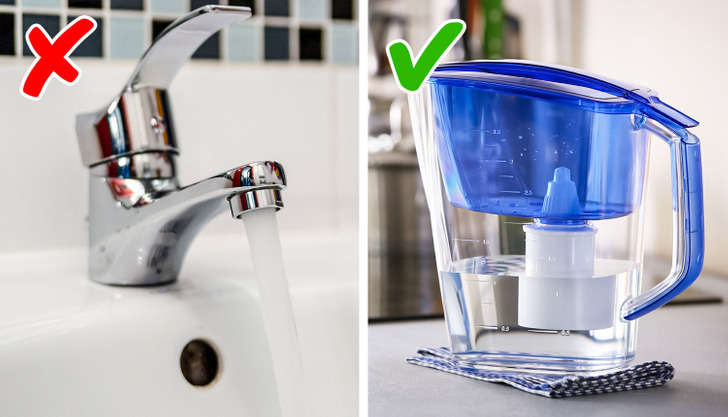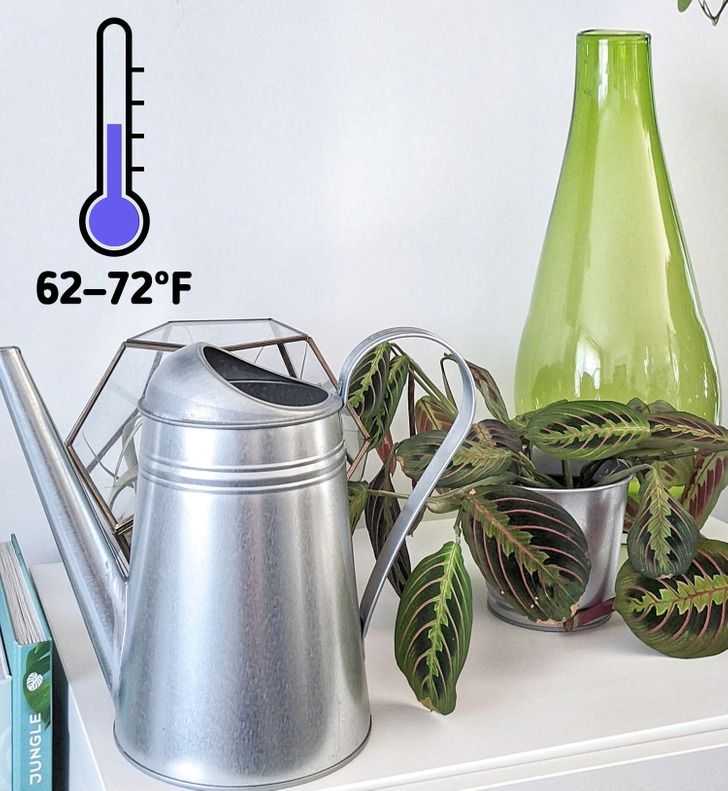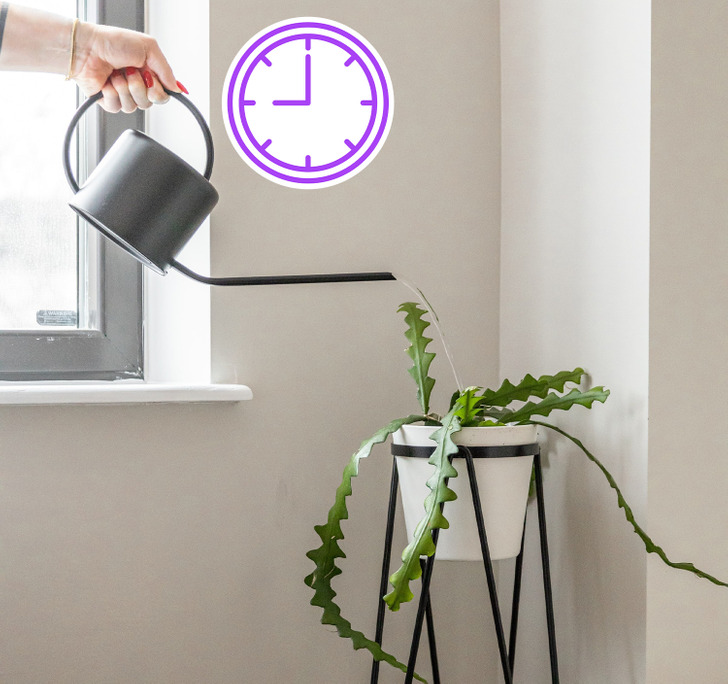What Kind of Water to Water Plants With and How to Do It Right
We all know that plants need water. But the quality of the water may vary, and its chemical composition may influence the health of your plants. This is why it’s important to choose good water for your plants and watch the temperature.
5-Minute Crafts will help you choose the right water for your plants and teach you how to water them properly.
1. Choose the right water
Tap water is the most accessible water for plants. It can be used for watering unless it’s too soft or too hard.
- Softened water usually contains a lot of sodium. Over time, it can build up in the soil and damage its structure. It’s better to not use tap water or to filter it.
- Hard water is rich in calcium and magnesium. They can also build up in the soil and create layers that repel water. Filter or boil this water and cool it down before using.
- Chlorinated water is safe for most houseplants, but it’s better to filter it too.
Alternatives to tap water:
- Rainwater. It is free from hard water elements and is the correct pH for the majority of plants. The only downside is collecting and storing it.
- Bottled water. It may contain all the necessary minerals, depending on the source. Besides, it doesn’t contain chlorine or fluoride. The downside is the cost.
2. Watch the temperature
It’s better to water plants with room-temperature water. Either extreme can influence the health of your plants, so it’s better to fill a container with water right after you finish watering to give it enough time to reach room temperature.
3. When to water
If you see wilting leaves, it’s definitely time to water the plant. But it’s better to not let them get to this point, and look over your garden at least once a week. The best way to find out if it’s time to water the plant is to stick your finger about an inch into the soil. If it feels dry, water the plant. If it’s wet, check the soil in 1-2 days.
Watering in the morning is better than in the evening. During the day, any water left on the leaves will evaporate because the temperature is usually higher during the daytime. The longer water stays on the leaves, the higher the risk of infection. Ideally, they should be dry before it gets dark.


